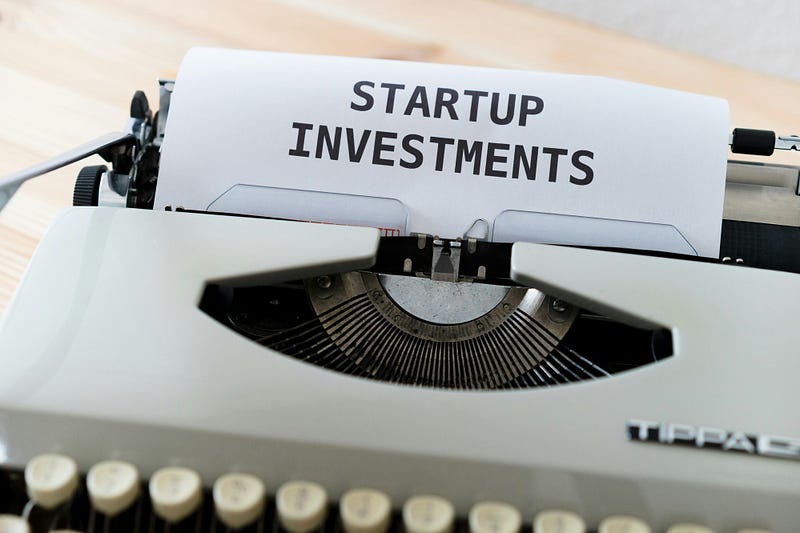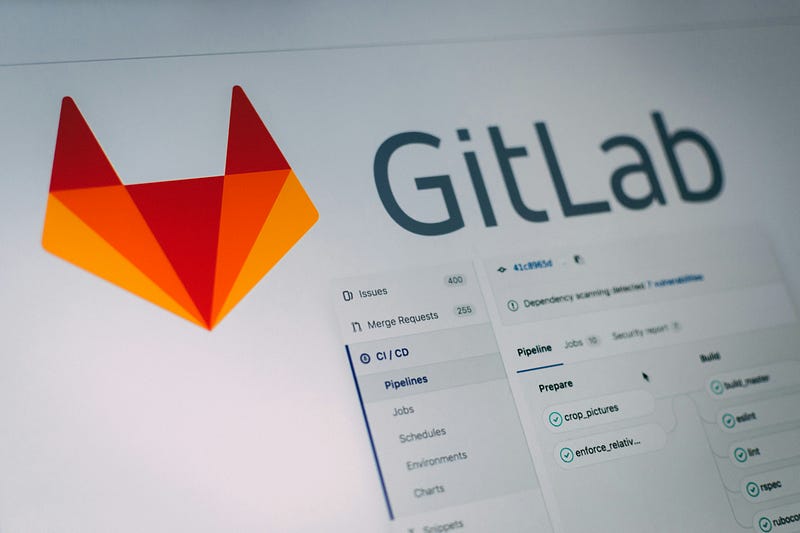What Is Innovation

Innovation refers to creating, developing, and implementing new ideas, products, services, or methods that bring something different and more effective into use. It’s not just limited to inventing something entirely new; innovation can also involve improving or significantly contributing to existing products, services, processes, or ways of thinking.
Why We Need Innovation
Innovation is fundamental in society, business, and personal development, especially in today’s VUCA (Volatile, Uncertain, Complex, and Ambiguous) world. The needs and problems of people and businesses are changing rapidly. New technologies emerge, and others become obsolete. The only constant thing is change. Innovation is necessary to adapt effectively; it enables us to meet the challenges of a rapidly changing world.
Below are a few reasons why today’s organisations strive for innovation:
- Solving complex problems
- Gaining a competitive advantage
- Adapting to changing customers’ needs
- Enhancing efficiency and productivity
- Fostering a learning culture
- Inspiring future innovation

Sources Of Innovation
Innovation doesn’t emerge spontaneously; it requires relentless dedication. To truly capitalise on the potential of innovation, we must explore deeply within our teams, expand our perspectives across entire organisations, and even look beyond, to outside influences. Here are some key sources of innovation to consider:

Customer Support
Whenever I join a new organisation as a Product Person (a generic term I use for Product Owner, Product Manager, and Product Lea
This insight gives lots of ideas for product improvements as well as new features.
For example: In one of the banks where I worked, I was spending some time with the Customer Support team and in a few hours, a few customers called as they were struggling to locate the ‘Deposit Cheque Via Mobile App’ feature. “This feature” allows customers to use their mobile phone camera to take images of the front and back of the cheque and submit them to the bank. This eliminates the need for customers to go to the bank branch. A great benefit for customers.
However, this feature was hidden behind many clicks and navigating to it was not straightforward and user-friendly. Data analytics later supported this issue. This gave me an idea of improving the user experience i.e. innovation of improving existing products significantly.
Hence, collaborating with Customer Support is very helpful. They can help us by providing insights on enhancing product or service quality.
Research & Development

Technology is evolving at a rapid pace. Recently, an engineer shared an insight that struck me. ‘Our professor in the University said that 3-D TVs are the technology of the future. 6 Years fast forward, that technology is obsolete now’.
New technologies bring different ways to solve problems. That being said, new approaches, technologies, hardware, software, business models, data, and many other innovations are usually found in the R&D part of an organization.
Having regular communications with R&D is highly advisable.
Market & Competitive Analysis
 By analyzing what competitors are doing, companies can identify gaps in the market, understand emerging trends, and gain insights into customer preferences. This leads to the innovation of existing products as well as new products.
By analyzing what competitors are doing, companies can identify gaps in the market, understand emerging trends, and gain insights into customer preferences. This leads to the innovation of existing products as well as new products. For example, the majority of large and traditional banks in the United Kingdom observed the growing trend of digital banking services offered by fintech startups like Monzo and Revolut. In response, they significantly upgraded their digital and mobile banking platforms to offer seamless online transactions and personalized financial insights, enhancing customer experience and retaining market share.
Executives & Senior Leadership

In many organisations executives and senior leadership serve as catalysts for creativity. Sometimes new ideas can come directly from them and sometimes they learn about original ideas during certain industry summits, conferences or golf games (this is not an exaggeration). They often communicate with other peers in the industry and learn about trends, industry and market changes, and new emerging technologies.
For example, consider the case of Satya Nadella at Microsoft. When Nadella took over as CEO in 2014, he immediately began shifting the company culture towards one that embraces innovation and continuous learning. He introduced the concept of a “growth mindset,” encouraging employees at all levels to pursue innovation, learn from failures, and constantly evolve. This cultural shift was instrumental in revitalizing Microsoft’s approach to product development and market strategy.
Under Nadella’s leadership, Microsoft invested heavily in cloud computing and AI, areas that were rapidly evolving but not yet fully capitalized upon. This strategic pivot not only led to the development of successful products like Azure and a renewed interest in AI but also repositioned Microsoft as a leader in cutting-edge technology sectors.
Government and Regulatory Bodies

In many countries, governments offer support and guidelines in key sectors such as technology, healthcare, renewable energy, banking and manufacturing. These programs often provide financial support, resources, and guidance to help companies develop new technologies or solutions. Companies can leverage such programs to innovate in areas aligning with government priorities, often reflecting emerging market needs and societal challenges.
A classic example is the automotive industry’s shift towards electric vehicles (EVs) in response to government support aimed at reducing carbon emissions. Automakers around the world, such as Tesla, Jaguar Land Rover, Volkswagen, and General Motors, have been innovating in battery technology, charging infrastructure, and electric vehicle designs to comply with these regulations and to meet the growing consumer demand for sustainable transportation options.
Regulatory changes can also push companies to innovate to maintain compliance, opening up new markets and demand for products. Innovating in response to regulation can give companies a first-mover advantage in these emerging areas. A great example of enforced regulation that leads to innovation is the Global Data Protection Regulation (GDPR).
Open Innovation Platforms
Open innovation platforms are collaborative environments where various industries, organisations, innovators, and often the public come together to solve problems, develop new ideas, and share knowledge. These platforms can take various forms, including online forums, crowdsourcing websites, and innovation challenges. They are based on the belief that valuable ideas can come from anywhere, and collaboration beyond organizational boundaries can significantly enhance innovation.
Platforms like GitHub or Stack Overflow function as online communities where developers and technologists collaborate on open-source projects, share code, and solve programming challenges.
Innovative Ecosystems
Some companies create broader innovation ecosystems that include suppliers, customers, academic institutions, and even competitors. For example, in my last organisation, they used to organise hackathons once every quarter. Our close technology partners, local universities and key competitors used to participate in these.
Such ecosystems create a rich environment for innovation, leveraging the strengths and capabilities of a diverse set of participants. They can lead to the development of industry standards, shared technologies, and mutually beneficial solutions.
Corporate-Start-up Partnerships or Acquisitions

Large companies often engage with start-ups through open innovation platforms, providing mentorship, funding, and resources in exchange for fresh ideas and innovative technologies. Programs like Google’s Startup Accelerator are examples where corporate-startup partnerships drive innovation.
These partnerships allow larger companies to stay connected with cutting-edge technologies and entrepreneurial thinking, while startups gain valuable resources and industry insights.
In some cases, corporations acquire these startups as well. It works as a win-win solution. Large companies have money but lack ideas. Startups have ideas but lack money.
A great example of that is Facebook’s acquisition of Instagram in 2014. The acquisition brought in a talented team from Instagram that was adept at building and scaling mobile applications. This helped accelerate Facebook’s innovation in mobile technology and user experience.
Another example is JPMorgan Chase’s acquisition of WePay in 2017. WePay was a fintech startup offering integrated payment processing for online platforms and software providers. By acquiring WePay, JPMorgan Chase significantly enhanced its digital payment technology and brought innovative products, particularly for small and medium business (SMB) clients.
Conclusion
In the rapidly evolving landscape of today’s world, the necessity for innovation has never been more critical. This article has traversed the essence of innovation, from its definition to its vital role in addressing complex challenges, gaining competitive edges, and meeting the ever-changing needs of customers and markets.
We looked at lots of places to find new ideas, like listening to what customers say, doing research and development, checking out what competitors are doing, getting ideas from bosses and leaders, using government programs, joining forces on open innovation platforms, and working with start-ups or even buying them.
The big takeaway is that coming up with new ideas isn’t just something a few people do in a special room. It’s something everyone can be part of, from every part of a business or community. And it’s not just about making totally new things; it’s also about making things better.
I can help!
📅My upcoming class schedule is👉 here
🏢 More than 5 people, why not take advantage of learning with people from your organisation? Learn more about Private Training 👉 here
🔔Why Not Subscribe To My Newsletter 'Vison To Value' where I share weekly nano-tips to deliver value to users, teams and organisations?


